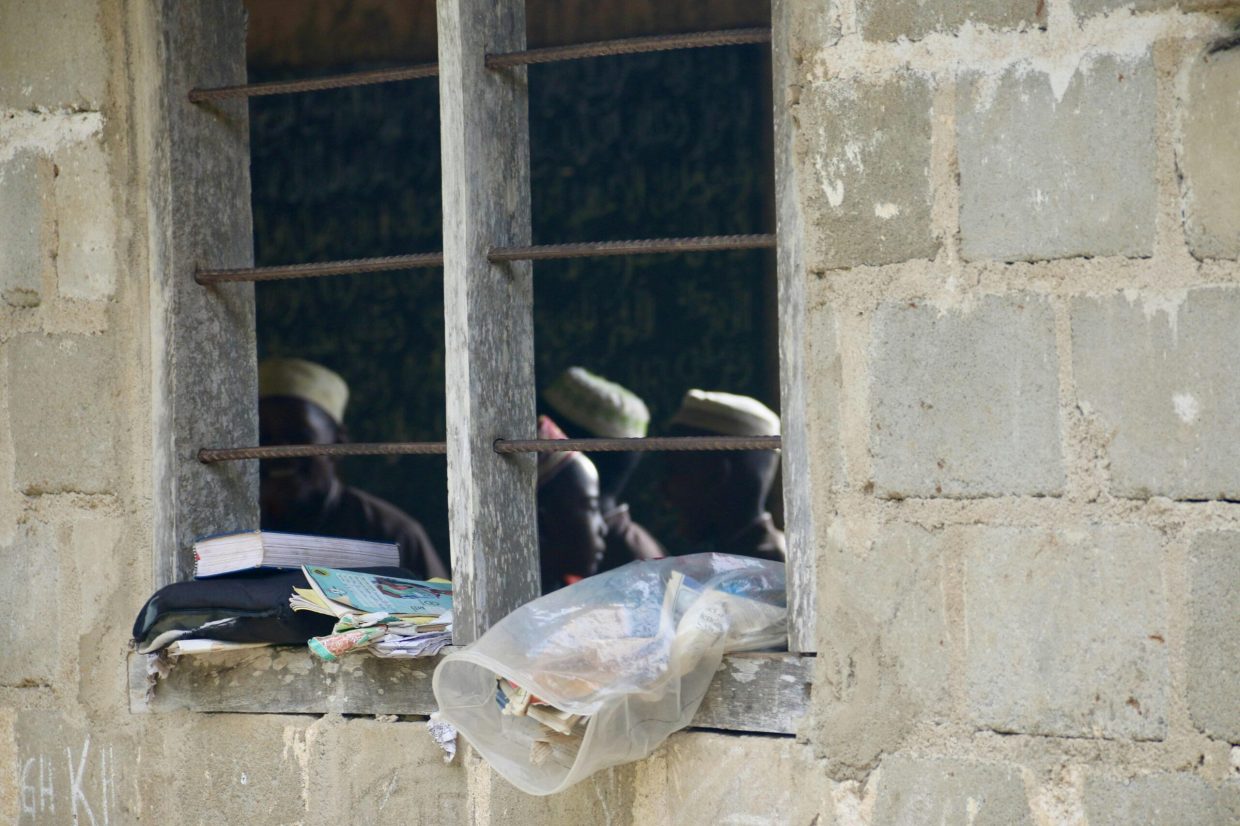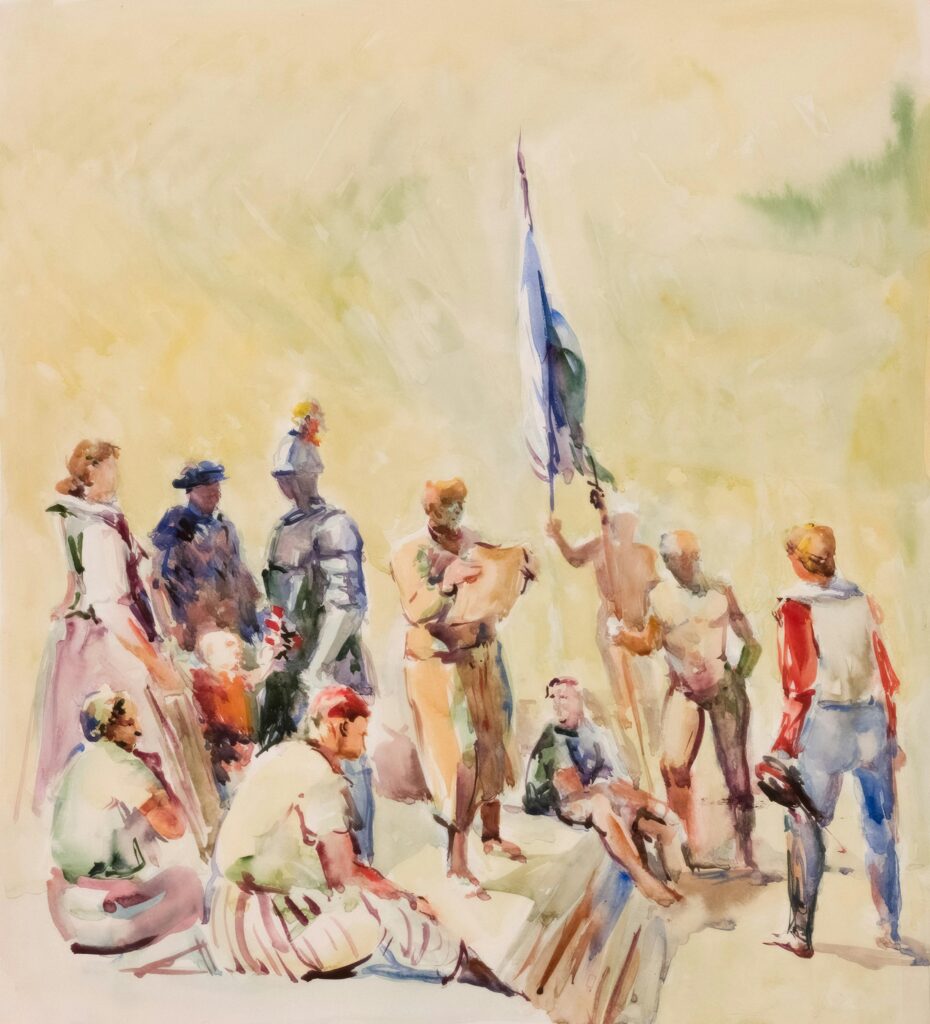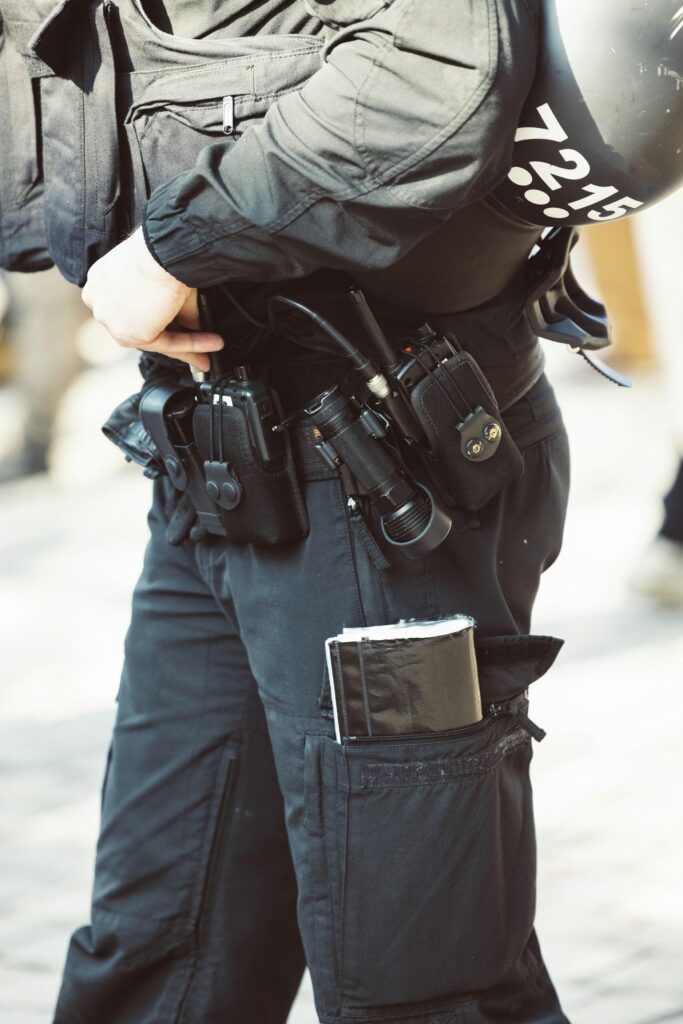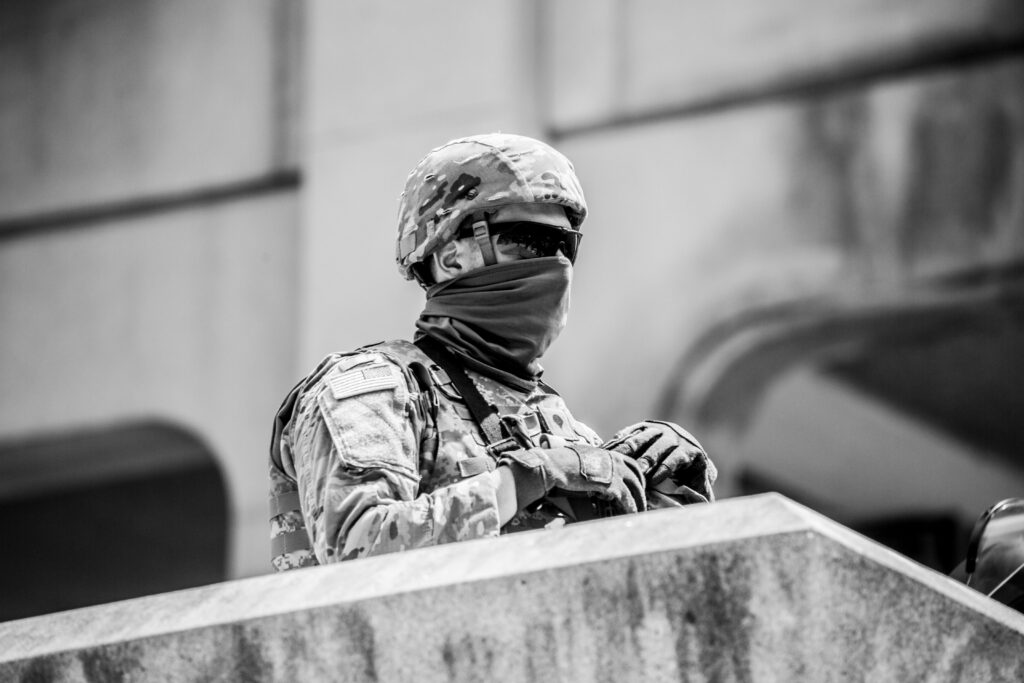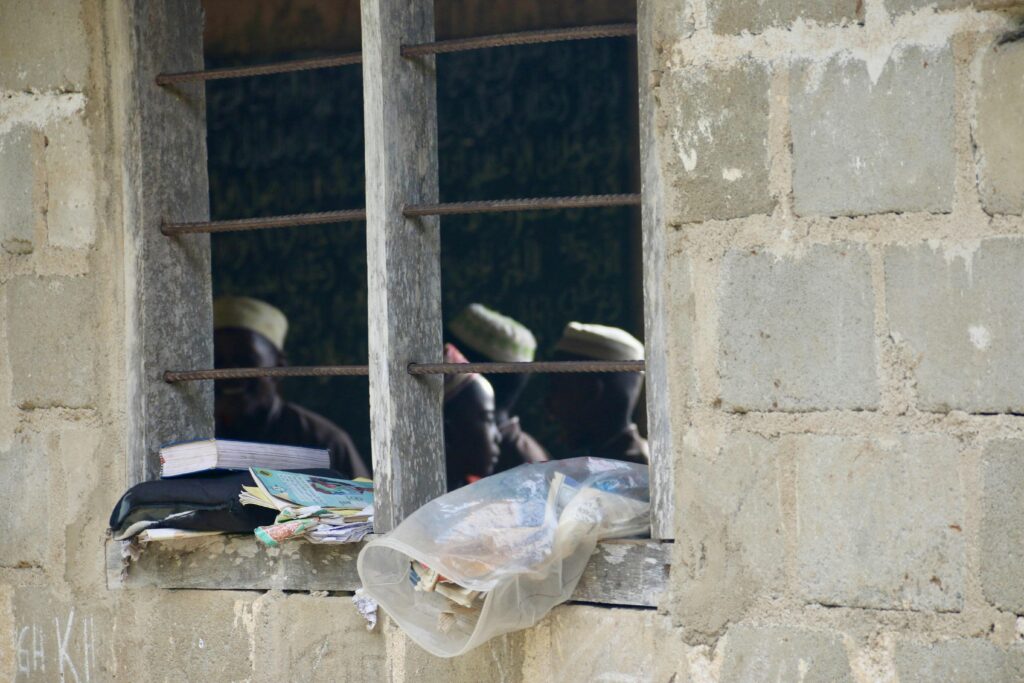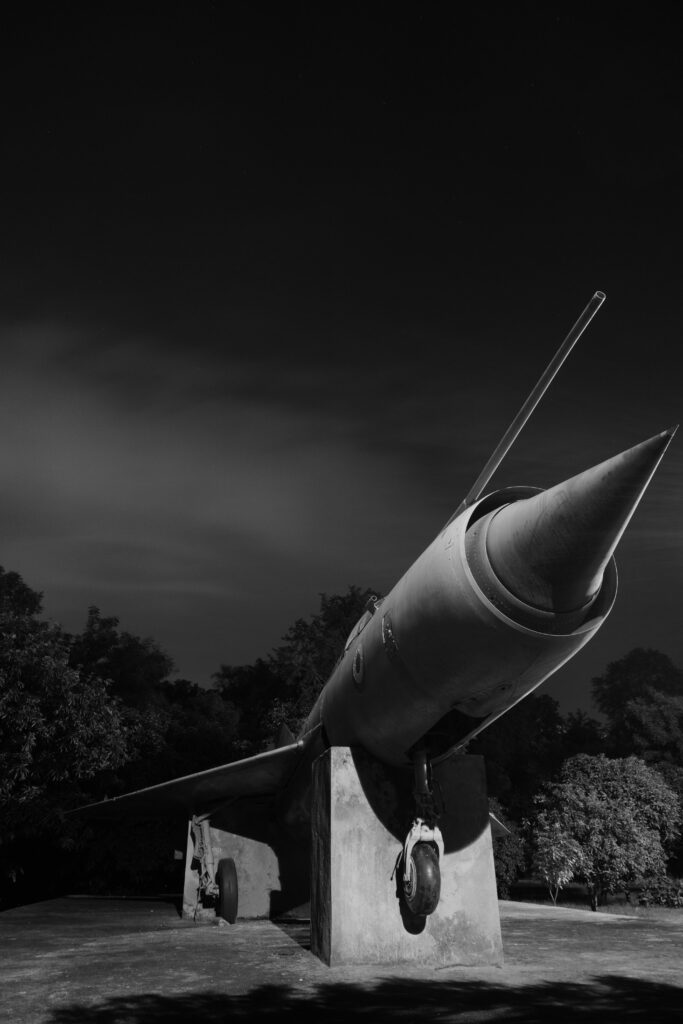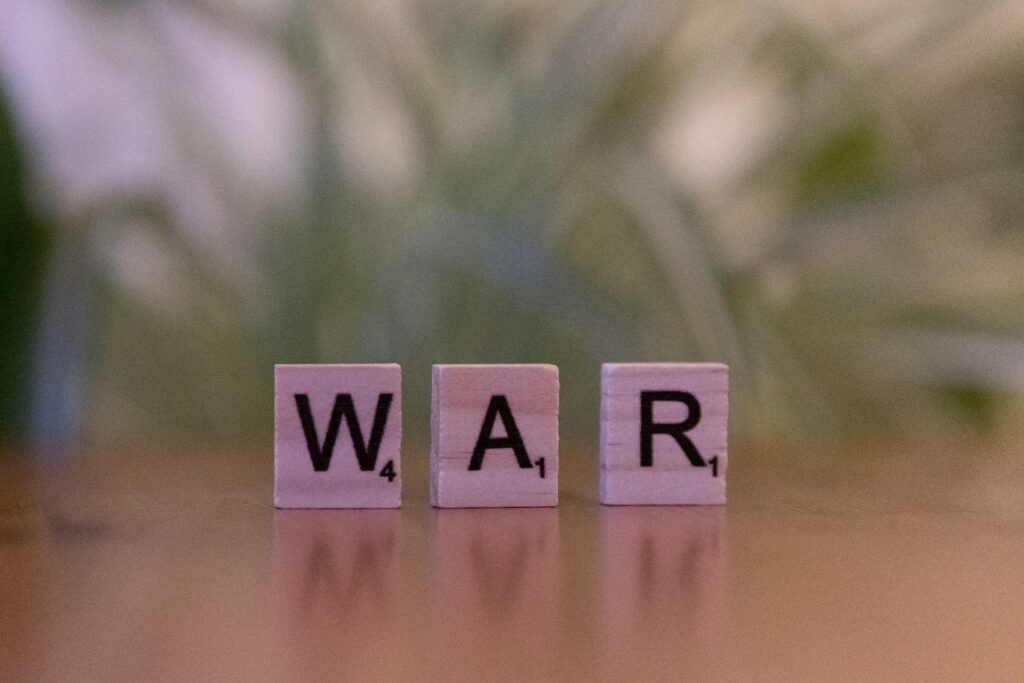In a world often scarred by conflict and uncertainty, UN peacekeeping missions stand as vital beacons of hope and stability. From patrolling volatile borders to facilitating peace talks, these missions play a crucial role in preventing the spark of violence from igniting full-scale wars. But how exactly do they shape global stability in today’s complex geopolitical landscape? In this article, we delve into the evolving impact of UN peacekeepers — exploring their successes, challenges, and the subtle ways they help maintain international order in an era defined by shifting alliances and emerging threats. Whether you’re a global affairs enthusiast or just curious about international peace efforts, understanding the work of UN peacekeepers offers invaluable insight into the forces quietly shaping our shared future.
Table of Contents
- The Evolving Role of UN Peacekeeping in Conflict Resolution
- Strengthening Local Institutions to Foster Long-Term Stability
- Innovative Approaches in UN Peace Missions: Technology and Community Engagement
- Policy Recommendations for Enhancing the Effectiveness of Peacekeeping Operations
- In Summary
The Evolving Role of UN Peacekeeping in Conflict Resolution
In an era marked by complex conflicts that blend ethnic tensions, political rivalries, and insurgencies, the United Nations has redefined the scope of its peacekeeping operations beyond traditional ceasefire monitoring. Today’s missions take on multidimensional roles including protecting civilians, supporting the rule of law, and facilitating political dialogue. This expansion reflects a strategic acknowledgment that sustainable peace requires more than maintaining peace lines—it demands building resilient societies capable of withstanding future shocks. By integrating human rights advocacy, humanitarian assistance, and even electoral support, these missions serve as comprehensive intervention platforms tailored to the intricate realities on the ground.
Key elements shaping the contemporary peacekeeping landscape include:
- Enhanced coordination with regional organizations: Leveraging local knowledge and resources to maximize impact.
- Use of technology and intelligence: Deploying drones, satellite imagery, and data analytics for real-time conflict monitoring.
- Focus on gender and youth inclusion: Ensuring peace processes reflect the needs and voices of all community sectors.
- Rapid deployment capabilities: Responding swiftly to emerging crises to prevent escalation.
Strengthening Local Institutions to Foster Long-Term Stability
At the heart of enduring peace lies the empowerment of local institutions—the true pillars upon which sustainable stability rests. UN peacekeeping missions play a crucial role in this empowerment by collaborating closely with governmental bodies, judicial systems, and civil society organizations. By enhancing administrative capacities and promoting transparent governance, these missions help to restore public trust and foster a culture of accountability. This approach not only addresses immediate security concerns but also tackles the root causes of conflict, ensuring that communities have the tools needed to govern effectively long after peacekeepers have withdrawn.
Beyond strengthening governance frameworks, UN peacekeepers engage in targeted capacity-building initiatives tailored to the unique challenges faced by each host country. These efforts commonly include:
- Training law enforcement agencies to uphold human rights and strengthen rule of law.
- Supporting electoral processes to ensure free, fair, and credible elections that reflect the will of the people.
- Promoting gender equality by enabling women’s meaningful participation in political and social decision-making.
- Facilitating dialogue among diverse groups to resolve tensions and build social cohesion.
Such comprehensive institutional support lays the groundwork for regional stability, reduces the risk of renewed conflict, and signals a commitment to lasting peace that transcends the immediate mission mandate.
Innovative Approaches in UN Peace Missions: Technology and Community Engagement
The integration of advanced technology in peacekeeping has marked a transformative era for UN missions globally. Deploying drones for aerial surveillance, AI-powered data analysis for conflict prediction, and real-time communication platforms has significantly enhanced situational awareness and operational efficiency. These innovations not only facilitate rapid response but also minimize risks to personnel by providing timely intelligence and improving coordination among troop contingents from diverse nations. As the digital landscape evolves, so too does the UN’s capability to monitor ceasefires, track troop movements, and engage in cyber peacekeeping to counteract misinformation campaigns that threaten fragile peace processes.
Beyond technology, community engagement stands at the heart of sustainable peace. UN peacekeepers are increasingly fostering partnerships with local leaders, women’s groups, and youth organizations to build trust and empower communities to take ownership of their security. This grassroots approach allows for tailored solutions that respect cultural nuances and address the root causes of conflict. Key strategies include:
- Participatory dialogues: Encouraging inclusive conversations to resolve disputes and promote reconciliation.
- Local capacity building: Training community members in conflict resolution and peace advocacy.
- Engagement through social media: Amplifying community voices and countering extremist narratives online.
This synergy of technology and community-centered methods positions UN peace operations as dynamic forces, adapting to complex conflict landscapes while championing peace from the ground up.
Policy Recommendations for Enhancing the Effectiveness of Peacekeeping Operations
To bolster the impact of peacekeeping missions, it is imperative to prioritize tailored engagement strategies that respond to the unique sociopolitical landscapes of each conflict zone. This means moving beyond one-size-fits-all mandates and embracing localized solutions that empower community stakeholders, thereby fostering ownership and long-term stability. Equally important is the enhancement of rapid response capabilities through better logistical support and technological integration, ensuring that peacekeepers can adapt swiftly to volatile circumstances and emerging threats on the ground.
Strengthening collaboration between the UN and regional organizations can serve as a force multiplier, combining global oversight with nuanced local insights. Moreover, it is critical to invest in comprehensive training programs that emphasize cultural sensitivity, conflict de-escalation, and human rights protections to reduce unintended harm and cultivate trust with civilian populations. Policies should also emphasize transparent accountability mechanisms to uphold the integrity of peacekeeping forces, addressing misconduct decisively and maintaining international credibility.
- Adapt missions to evolving conflict dynamics with flexible mandates.
- Integrate advanced communication and surveillance technologies for timely intelligence.
- Strengthen partnerships with regional bodies for coordinated interventions.
- Prioritize training on human rights and cultural awareness to build community trust.
- Implement strict accountability frameworks to deter abuses and uphold trust.
In Summary
As global challenges evolve, UN peacekeeping missions remain a vital force in maintaining international peace and security. Their ability to adapt, collaborate, and foster stability in some of the world’s most volatile regions underscores their enduring importance. While not without flaws, these missions continue to shape the geopolitical landscape by supporting fragile states, protecting civilians, and facilitating dialogue among adversaries. In an increasingly interconnected world, understanding the role and impact of UN peacekeepers is crucial—not just for policymakers, but for anyone invested in a safer, more stable future.


